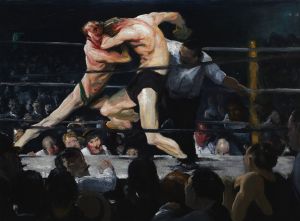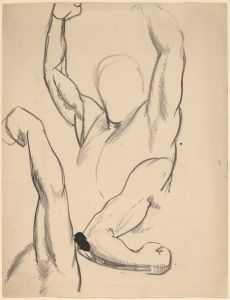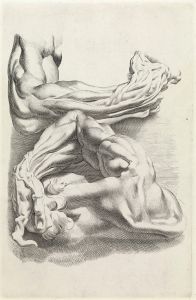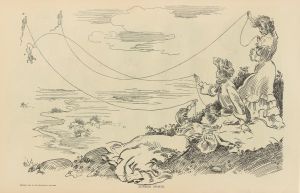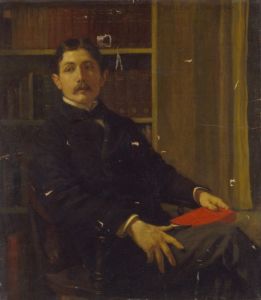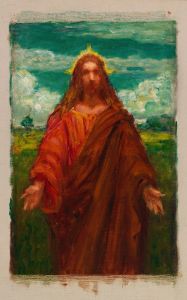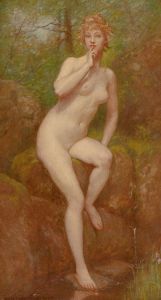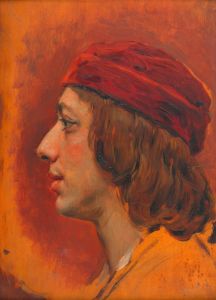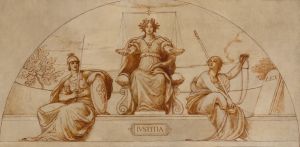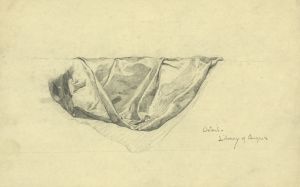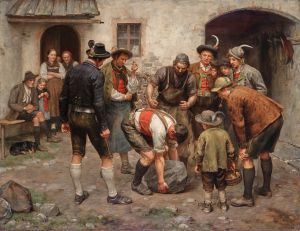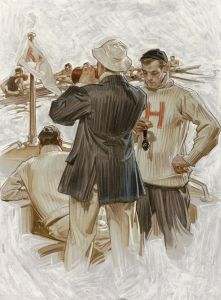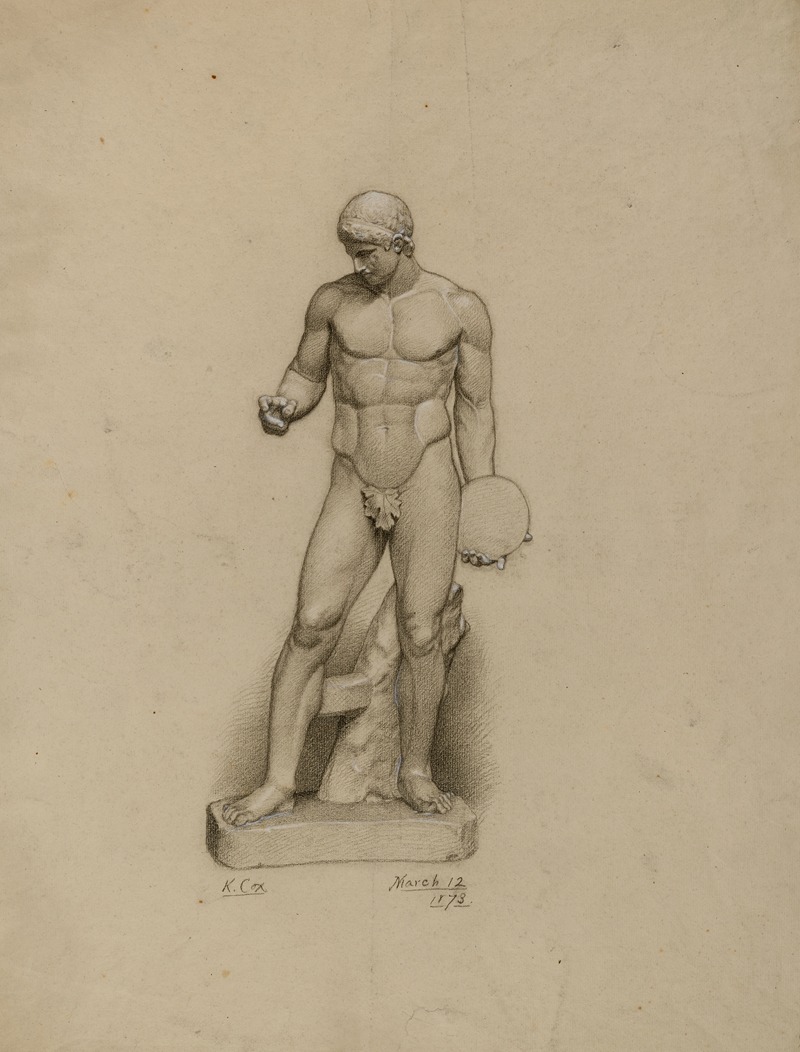
A hand-painted replica of Kenyon Cox’s masterpiece , meticulously crafted by professional artists to capture the true essence of the original. Each piece is created with museum-quality canvas and rare mineral pigments, carefully painted by experienced artists with delicate brushstrokes and rich, layered colors to perfectly recreate the texture of the original artwork. Unlike machine-printed reproductions, this hand-painted version brings the painting to life, infused with the artist’s emotions and skill in every stroke. Whether for personal collection or home decoration, it instantly elevates the artistic atmosphere of any space.
Kenyon Cox (1856–1919) was an American painter, illustrator, muralist, writer, and teacher, known for his works that often depicted allegorical and classical themes. His contributions to American art during the late 19th and early 20th centuries were significant, particularly in the realm of mural painting and art criticism. However, there is no specific painting titled "by Kenyon Cox" that can be identified or described in detail. Therefore, this response will focus on Cox's general artistic style and contributions.
Kenyon Cox was born in Warren, Ohio, and showed an early interest in art, which led him to study at the Pennsylvania Academy of the Fine Arts and later at the École des Beaux-Arts in Paris. His time in Paris exposed him to the academic style of painting, which emphasized classical techniques and subjects. This experience greatly influenced his artistic approach, which often incorporated elements of neoclassicism and allegory.
Cox returned to the United States in the late 1870s and established himself in New York City, where he became involved in the burgeoning American art scene. He became a prominent figure in the American Renaissance movement, which sought to revive classical art forms and integrate them into modern American culture. Cox's work during this period included murals for significant public buildings, such as state capitols and courthouses, where he often depicted historical or allegorical subjects.
In addition to his work as a painter and muralist, Kenyon Cox was a prolific writer and art critic. He contributed essays and critiques to various publications, where he articulated his views on art and its role in society. Cox was a strong advocate for academic art and often criticized modernist movements that he felt deviated from traditional artistic values.
Cox also had a significant impact as an educator. He taught at the Art Students League of New York, where he influenced a generation of American artists. His teachings emphasized the importance of drawing, composition, and the study of classical art, which he believed were essential foundations for any artist.
Throughout his career, Cox's work was characterized by its technical precision, clarity of form, and adherence to classical ideals. His paintings and murals often featured idealized human figures, rendered with a sense of grace and dignity. While his style was rooted in tradition, Cox's work was also a reflection of the cultural aspirations of his time, as America sought to establish its own artistic identity.
Kenyon Cox's legacy is preserved not only through his artworks but also through his writings and teachings, which continue to influence the appreciation and understanding of classical art in America. His contributions to the American Renaissance movement and his dedication to the principles of academic art have left a lasting impact on the art world.





